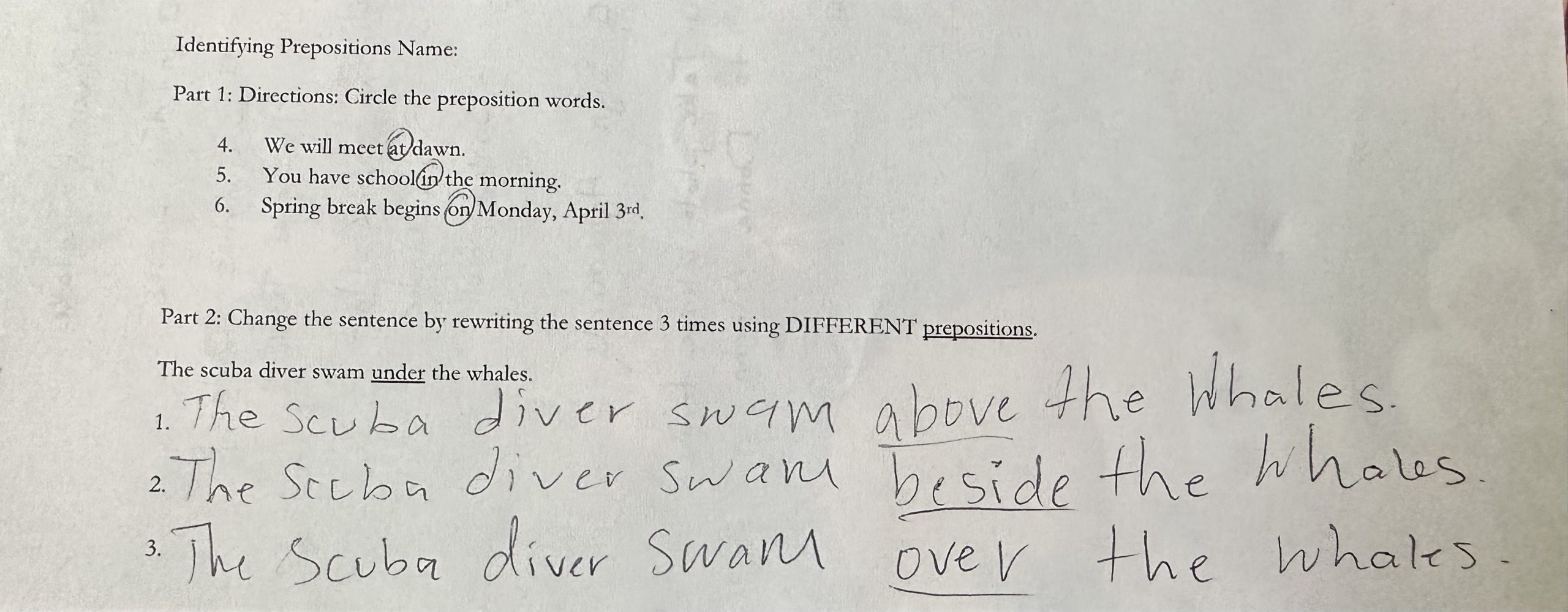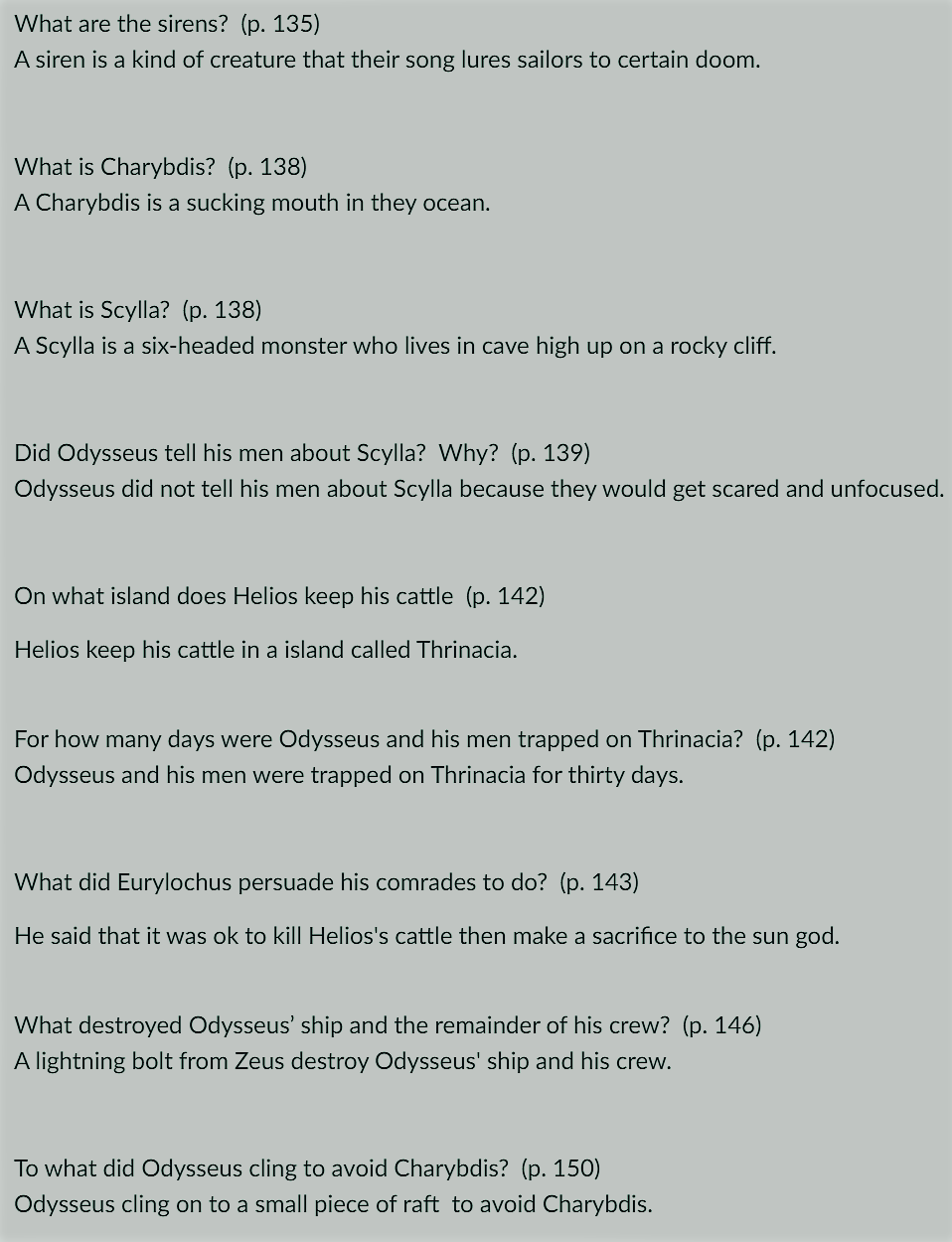In order to track students’ growth, teachers must understand and use a variety of assessments. Assessments allow learners to participate in and keep track of their own growth. Teachers must use results from assessments to make decisions regarding further instruction. The teacher should balance the uses of formative and summative assessments to support, verify, and document learning.
This standard ensures the authenticity of the learner’s growth. Assessments also assist the teacher in planning for future instruction. In order to best serve our learners, we must provide effective formative and summative assessments throughout our teaching.
Exit Slips: Prepositions
When introducing a new topic, I used quick formative assessments to see how students are comprehending material and content. After two introduction days of prepositions, I gave my 9th graders an exit slip as a formative assessment. This was a simple two-step activity that the students were able to complete as they were packing up their belongings. These exit slips gave me an idea of who seems to be understanding the concepts, who is struggling, and who needs to be challenged further. Exit slips are an easy way to check-in with students to meet them where they are. Below you will find student examples of the prepositions exit slip.

Pre-Tests and Diagnostics
Diagnostic assessments are an effective way to see what our students know prior to beginning a new topic. Pre-assessments allow us to assess students’ strengths, weakness, knowledge, and skills prior to instruction. If used correctly, pre-assessments can be an effective tool to help us identify the needs of our students. While these types of assessments prove to be helpful to teachers, they further provide our students with a preview of what will be expected of them. Pre-assessments help measure true learning. By comparing pre-assessments and summative assessments, we are able to see what our students actually learned from the lessons that we developed. With my 9th grade class, we typically utilize pre-assessments when introducing students to new grammar topics.
Reading Comprehension Questionnaires
One way I assess students as they are reading is by having them respond to a variety of reading comprehension questions. The 9th graders I am working with are currently reading a graphic novel version of Homer’s The Odyssey. We typically read the books with the students, asking questions to keep students engaged and check for understanding. After they finish a book, they are given a set of reading questions. These questions help the students think more deeply about what they have read for the day and provide the teachers with an idea of how students are understanding and engaging with the text. If we see students are struggling with the reading comprehension, we know that we need to revisit or review those select books. Below you will find an example of The Odyssey reading questions with a student’s generated responses.

